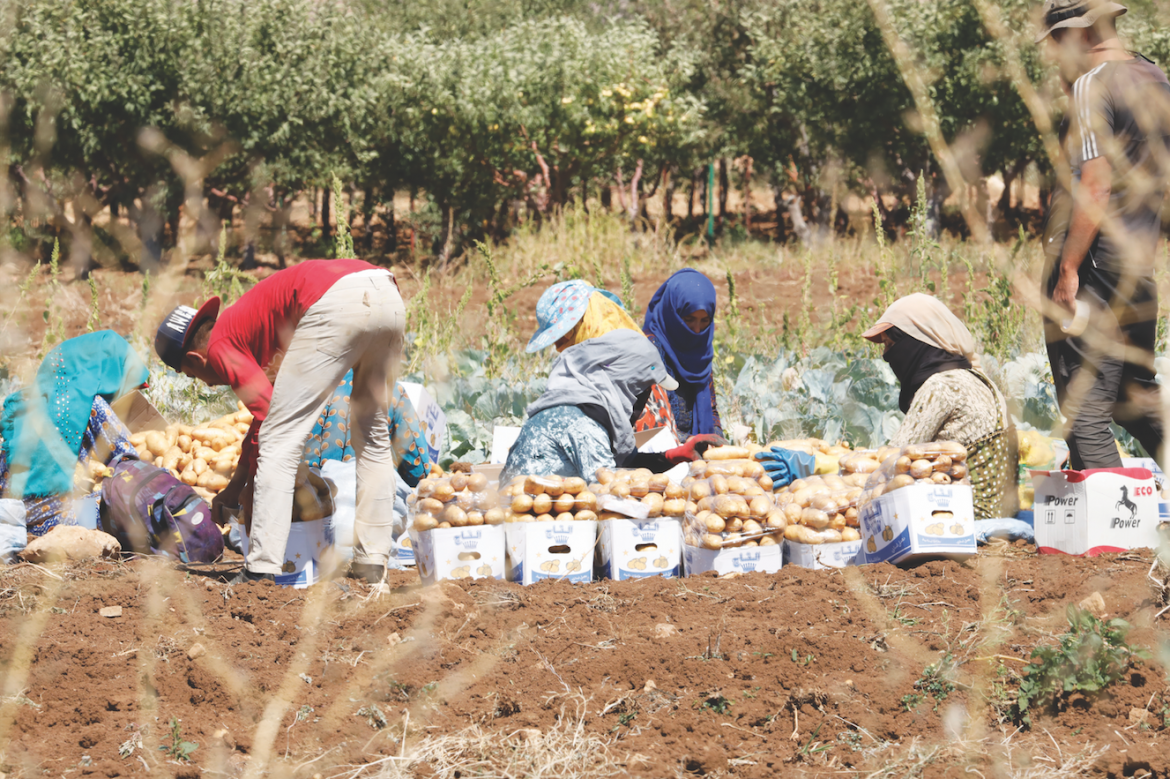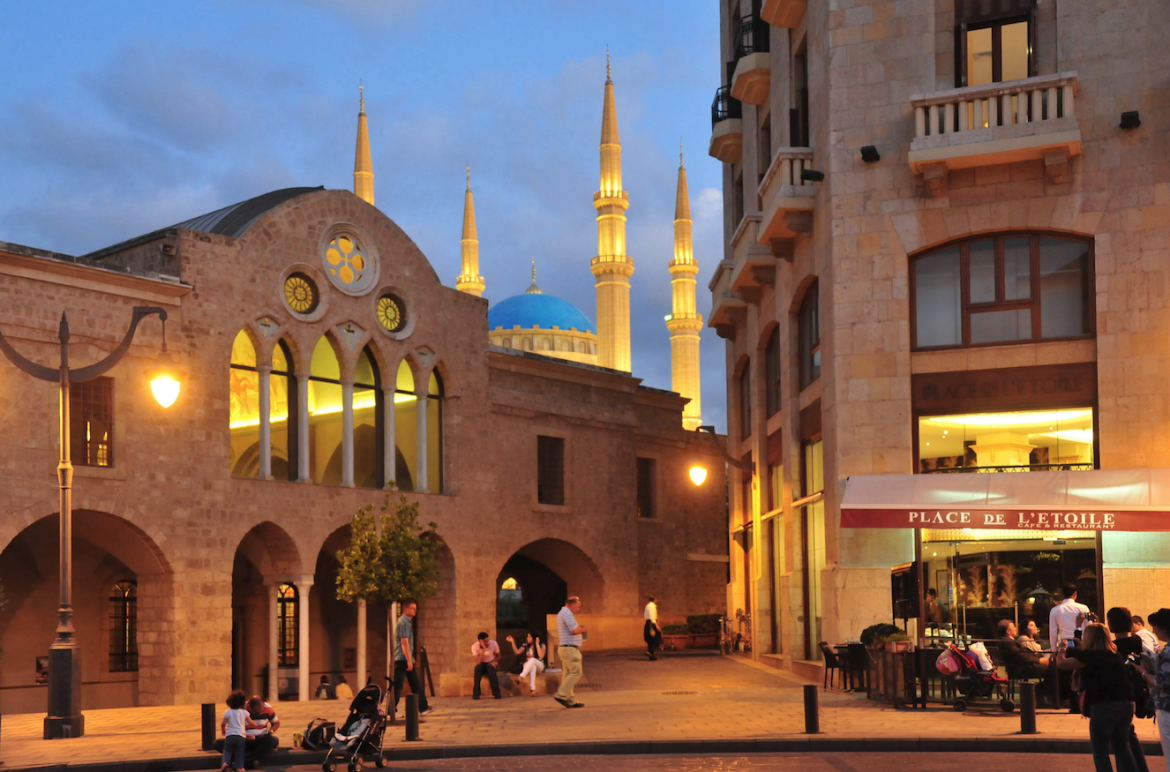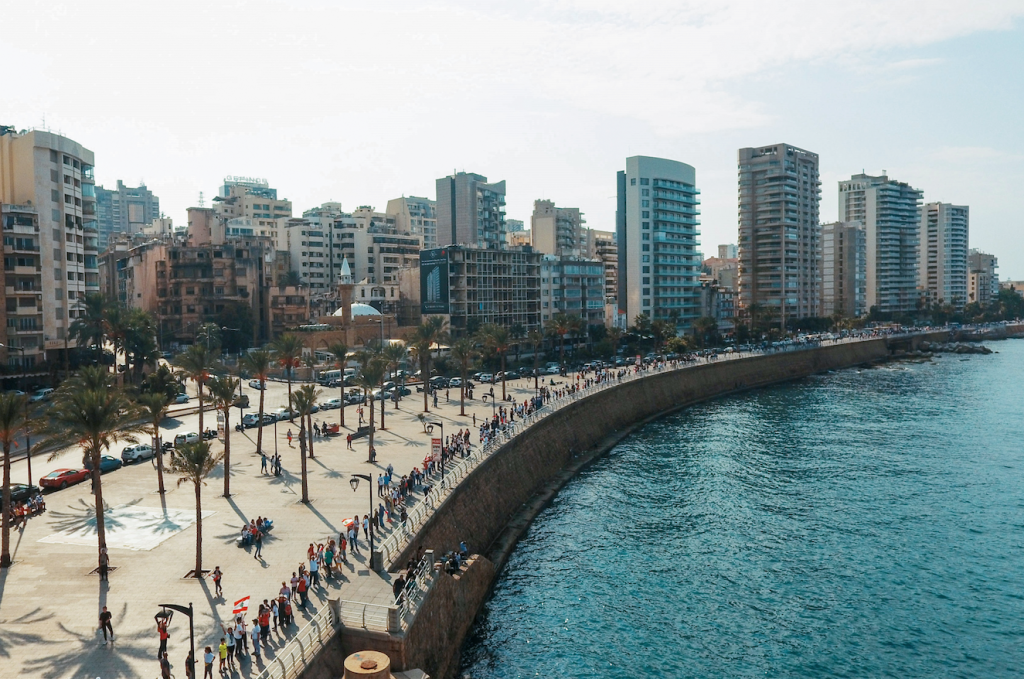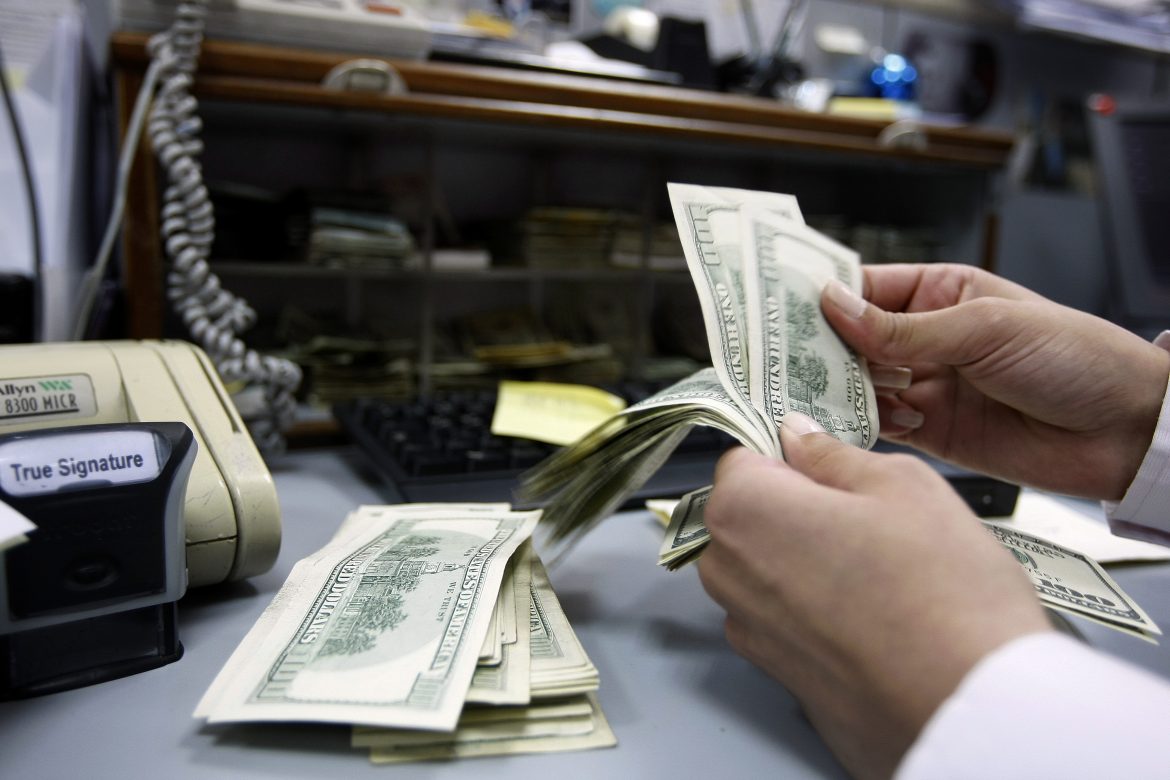When averaged over the year, the migration 2024 topic is even hotter than this summer’s peak temperature. In a year hyper-charged with political elections, the past few months have cast immigration challenges and migration fears to the forefront of many electoral races.
However, what was not proven to be fulfilled were expectations of fundamental migration policy shifts in any direction at any national or supra-national elections. By time of this writing near mid-summer, the voting tide of the past six months has already crested in mega contests in India, Mexico, and the EU, and already what’s left of pre-election rhetoric filled with common fears and varying toxicity is not much more than the usual rubble of old promises in minorly changed realities of power.
It must nonetheless be expected that until the end of the year, vitriolic migration debates will continue to haunt voters in developed and emerging economies alike and will especially leave their mark on the most consequential of all national elections, the 60th presidential election in the United States. This globally influential US power contest and grandfather of unfortunate personality choices has to date been heating up most vexingly, seeing logically inconsistent anti-illegal-migration measures, courting of migration-background voters, and the liberal meting out of xenophobic campaigning in political doses with suspected long-term mental health detriments.
Lebanon differs from the global populist theater in that it has no election schedule that one would be tempted to call worth campaigning under. This notwithstanding, the country’s political debates over refugees and displaced people are raging. Several times this spring, real crimes and manipulative disinformation have brought social tempers to the brink.
Public displays of passion
There have been reiterative and uncontrolled verbal outbursts of violence, and sometimes momentarily more serious disruptions of social calm, at a time when the country badly needs to fortify itself to withstand old and new problems. But sadly, despite all the passions invested into debating displacement, there have been no solutions or traces of solutions, political, populist, or otherwise.
That months of desperate opinion making resulted in nothing other than the complete lack of viable migration strategy leads me to suggest that everyone should take a step back, after having listened to more propaganda about the refugee and migration crisis from all sides than can be good for any mind. 2024, beyond election charades, is a year of grand sports spectacles. The Olympic Games, the ICC Men’s T20 World Cup, CONMEBOL Copa América, and the UEFA European Football Championship. We can mine popular sports behaviors for viable insights on migration, given that people’s attention to these sports events is indisputably higher than to electoral debates.
Thus, let’s try viewing the logic and the vicissitudes of migration through the lens of football. Curiously, if one examines the history of the game’s top players, it seems that, for whatever reasons, having a history of migration appears to be an enabling factor in developing a talent for football excellence.
Foreign-born, naturalized players, in other words migrants, were playing in national teams ever since the first World Cup was set up as European gentlemen’s agreement a century ago. German statistics for example tells us that over the past seven World and Euro Cups the percentage of players with “Migrationshintergrund” in the “Nationalmannschaft” have ranged anywhere between 25 and almost 50 percent (in the 2024, the “migration background” label applies to 35 percent of the Nationalmannschaft, or nine out of 26 players). Higher than the share of migrants in the country?
On a more ambiguous note, football unmasks the disequilibrium between the potential of migration and the perception of migration in host communities. The cross-link between attitude on football and migration is fandom. The overwhelming majority of us are football spectators who would need the luck of the draw to score a hattrick even when standing on the penalty spot in front of an empty goal. But we can easily become enthusiastic fans. As we cherish the team of our allegiance, either because it represents our home country or city (or was selected as the object of our personal allegiance for other reasons), watching football is a testing ground for balancing our partisanship and sense of belonging with our ability to coexist and achieve inclusion.
The results of this character test are ambiguous in the sense of entailing behaviors that are polar opposites. The vast majority of images from massive outdoor “fan zones” for public viewing at the Euro Cup, for example, are more than peaceful. Video clips, still pictures and selfies are consistent with a rising tradition of non-exclusionary emotional allegiances and identification with the football game’s purpose of connecting cultures.
Yet there is a consistent and not insignificant share of football fandom that speaks to the exact opposite, whether or not helped along by liquid courage and liquefaction of individuals’ cultural programming. Violence and destruction of property, not infrequently by purposely exclusionary groups who deliberately seek conflict and confrontation with the hated other, is something that may shock but cannot surprise in an international, competitive sports spectacle.
In short, football as spectator sport confirms the presence of partly overt, partly latent xenophobic and anti-migrant attitudes. In media reports and talk shows about political sentiments across population groups and nationalism among young voters, these same attitudes are ineffectually chastised.
Allegiance to what?
The national allegiance scores in Lebanon are interesting from another perspective. In the late 1990s yours truly once wrote an op-ed contribution – on occasion of the first FIBA Asia Basketball championship win by a Lebanese team – that internationally successful Lebanese sports teams could energize the creation of shared identity and pride in being Lebanese, helping to overcome the trauma of the Lebanese conflict.
That idea of team sports helping to shape united allegiance to this country, did not carry. Instead, the Lebanese continue to individually choose their football belonging to national teams and famous clubs. Moreover, individually competitive sports – from bicycling and mountaineering to the Beirut Marathon – have brought people together and fostered sentiments of belonging and openness. If this were read as a message on choosing free individual versus fated group allegiance, what are the implications for building an inclusive society?
Watching a spectacle like Euro Cup gives the leisurely mind freedom to muse about some of the inconsistencies behind having national football teams. Why, for example, do Scotland and England have their national teams, but not sub-national regions with growing yearnings for independence, such as Flanders and Catalonia? Why is there no team running up with the Bavarian royal crest on their jersey? And why has virtually every position in the German national team already been held successfully by a player with migration affiliation, but not the position of Bundestrainer, or coach (who coincidentally is the sole role model and shaper of the country’s team who does not have to be a national)?
Taken to the extreme, thinking about societal perceptions of migration and the success of migrants in national teams can generate a serious ethical dilemma. What is the morally correct position if, in a hypothetical example, I imagine myself to be an upstanding pro-independence Catalan MEP and Barca fan. Do I resent the Spanish national team’s participation in the Euro? Who do I see when a 16-year old from a poor district of Barcelona participates in the Euro Cup as the youngest player in the tournament’s history? Do I think of this youth with African and Arab parentage as someone who wants to steal Catalan jobs or do I regard him as a super-talent who brings back memories of Pele in 1958?
Towards a winning goal
Football is a competitive game that has seen many changes. As the Euro Cup 2024 shows, football has acquired many new rules, much new tech, huge commercial interests, and plenty of garnishes and gimmicks. However, it will never do to overthink football. Winning the game still hinges on group magic: controlled, fast ball migrations with stakeholders working in best possible coordination and taking risks for the common purpose. Is this something that the Lebanese polity can champion?
Looking through the migration lens will transform football from an escapist global economic enterprise with appallingly corrupt structures into a complicated trans-societal totem of belonging and openness – but this perspective on football also revels challenges to our concepts of migration and the structures of our belonging as they have been orchestrated through history.
If there is a message to deduce from the ritual play of football and the role of migrants in winning, it is that Lebanon cannot win by turning more exclusionary. Lebanon needs a unifying factor. Be it the spiritual message, the notion of an agile mercantile society situated at the roots of international trade, the legendary hospitality of the people, the concept of an intercultural hub and center for communication of civilizations, the recent resilience in the face of impossible challenges – be it whatever, but the unifying factor cannot be something forced from either without or within, it must be something freely conceived and born by the people.
















